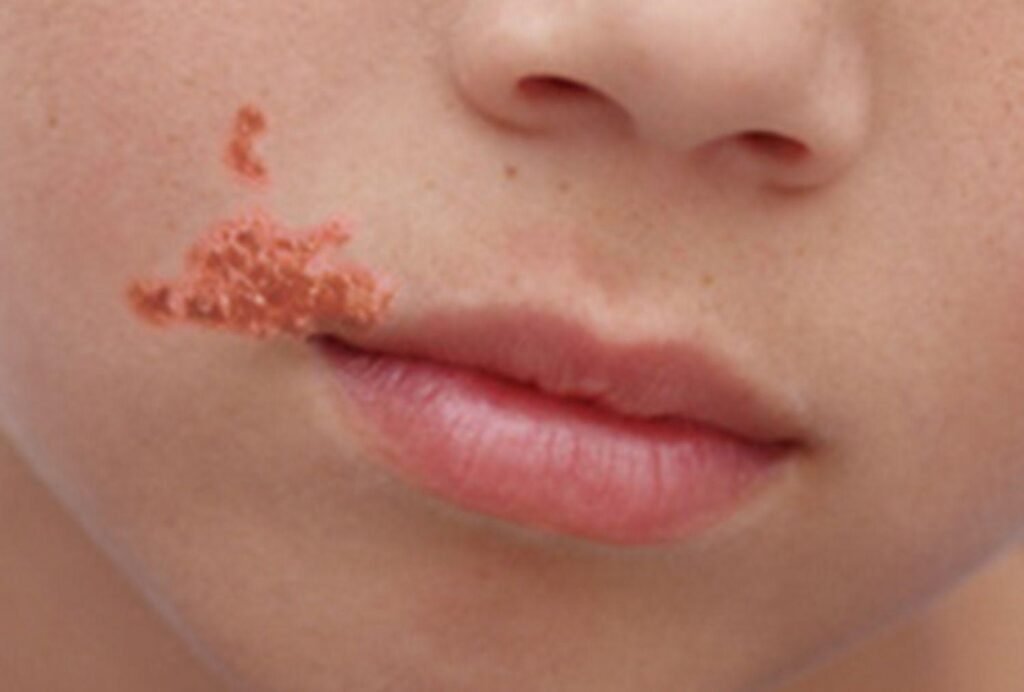Skin Infection can be caused by various strains of bacteria and can manifest in different ways, from mild to severe. While many skin infections can be treated with home remedies or topical treatments, more serious infections may require antibiotics. Cephalexin 500mg is one of the most commonly prescribed antibiotics for treating bacterial infections of the skin. In this guide, we’ll explore the role of Cephalexin 500mg and other antibiotics, symptoms of bacterial infections, treatment methods, and when to seek medical help.
1. What Is Cephalexin 500mg?
Cephalexin 500mg is an antibiotic belonging to the class of cephalosporins, which work by inhibiting the growth of bacterial cell walls. It is effective against a wide range of bacterial infections, particularly those caused by gram-positive bacteria such as Staphylococcus and Streptococcus species. Cephalexin is available in oral form, making it easy to administer, and is commonly used for skin infections, respiratory tract infections, and urinary tract infections.
2. How Does Cephalexin 500mg Work?
Cephalexin works by disrupting the bacterial cell wall synthesis, which prevents bacteria from multiplying and growing. This action weakens the bacterial cell wall, causing it to rupture and eventually die. The bactericidal properties of Cephalexin make it a highly effective treatment for skin bacterial infections. It is often prescribed for conditions like cellulitis, impetigo, and infected wounds, where bacterial overgrowth has compromised skin integrity.
3. Types of Skin Bacterial Infections Treated by Cephalexin
Several common bacterial skin infections can be treated with Cephalexin, including:
- Cellulitis: A common and potentially serious bacterial infection that affects the deeper layers of the skin. It causes redness, swelling, warmth, and tenderness in the affected area.
- Impetigo: A contagious bacterial skin infection often seen in children. It presents as red sores that burst, forming honey-colored crusts.
- Folliculitis: An infection of the hair follicles that can cause red bumps and irritation on the skin.
- Abscesses and Boils: These are localized infections that can cause pus-filled lumps under the skin.
4. Cephalexin 500mg Dosage for Skin Infections
The standard dosage of Cephalexin 500mg for adults with skin bacterial infections is typically 500 mg every 6 to 12 hours, depending on the severity of the infection. The treatment duration generally lasts between 7 to 14 days. It’s crucial to complete the full course of antibiotics to prevent the development of antibiotic resistance and ensure that the infection is fully eradicate.
5. Cephalexin Side Effects
As with any medication, Cephalexin may cause some side effects. Common side effects include:
- Nausea and vomiting: Taking Cephalexin with food can help reduce gastrointestinal discomfort.
- Diarrhea: Antibiotics can disrupt the natural balance of gut bacteria, leading to diarrhea.
- Allergic reactions: Some individuals may develop allergic reactions to Cephalexin, including rash, itching, and difficulty breathing. If any signs of a severe allergic reaction occur, immediate medical attention is require.
6. Alternative Antibiotics for Skin Infections
While Cephalexin 500mg is a highly effective treatment for bacterial skin infections, some patients may need alternative antibiotics due to allergies or resistance. Other commonly used antibiotics include:
- Amoxicillin-clavulanate (Augmentin): A combination antibiotic effective against a wide range of bacteria, including those resistant to Cephalexin.
- Clindamycin: Used for skin infections caused by anaerobic bacteria, particularly in individuals allergic to penicillin or cephalosporins.
- Doxycycline: A tetracycline antibiotic often prescribed for skin infections caused by resistant bacteria or when a patient cannot tolerate beta-lactam antibiotics.
7. Resistance to Antibiotics
The overuse of antibiotics can lead to the development of drug-resistant bacteria. Some strains of Staphylococcus aureus, particularly MRSA (methicillin-resistant Staphylococcus aureus), are resistant to common antibiotics like Cephalexin. In such cases, alternative antibiotics or more advance treatment methods may be require to combat the infection.
8. When to Seek Medical Attention
It is important to consult a healthcare provider if:
- Symptoms worsen: If the infection spreads or the redness and swelling increase, it could be a sign that the infection is not responding to the prescribed antibiotic.
- Fever develops: A fever may indicate that the infection is spreading to other parts of the body, requiring more aggressive treatment.
- Pus or discharge: If the infect area produces a significant amount of pus or fluid, it may be a sign of an abscess that needs to be draine.
- Symptoms persist after treatment: If the infection does not improve after a full course of antibiotics, further evaluation and possibly a different treatment approach may be necessary.
9. Preventing Skin Bacterial Infections
Prevention is key when it comes to avoiding skin bacterial infections. Here are some tips to keep infections at bay:
- Maintain proper hygiene: Wash your hands regularly and keep any wounds or cuts clean and covered to prevent bacteria from entering the skin.
- Avoid sharing personal items: Towels, razors, and other personal items can harbor bacteria and spread infections.
- Keep skin moisturized: Dry, cracked skin is more susceptible to bacterial infections, so use moisturizers to maintain the skin’s protective barrier.
10. Cephalexin 500mg: Is It the Best Antibiotic for Skin Infections?
Cephalexin 500mg is one of the best antibiotics available for treating mild to moderate bacterial skin infections. Its broad spectrum of activity against gram-positive bacteria and its well-tolerated nature make it a go-to antibiotic for many healthcare providers. However, the best antibiotic for any given infection depends on the specific type of bacteria causing the infection, patient history, and potential for antibiotic resistance. In certain cases, alternative antibiotics or even intravenous treatment may be necessary, especially for more severe or resistant infections.
In conclusion, Cephalexin 500mg remains a highly effective option for treating a variety of bacterial skin infections, including cellulitis, impetigo, and infected wounds. With proper dosage, adherence to the prescribe course, and attention to side effects, most skin infections can be successfully treate. Always consult a healthcare provider for the appropriate diagnosis and treatment, especially if symptoms worsen or persist.



More Stories
Dental Implant Pricing: Expert Guide & Insights
Your Path to Parenthood: Affordable & Transparent Surrogacy
Multivitamins for Women’s Stress Relief